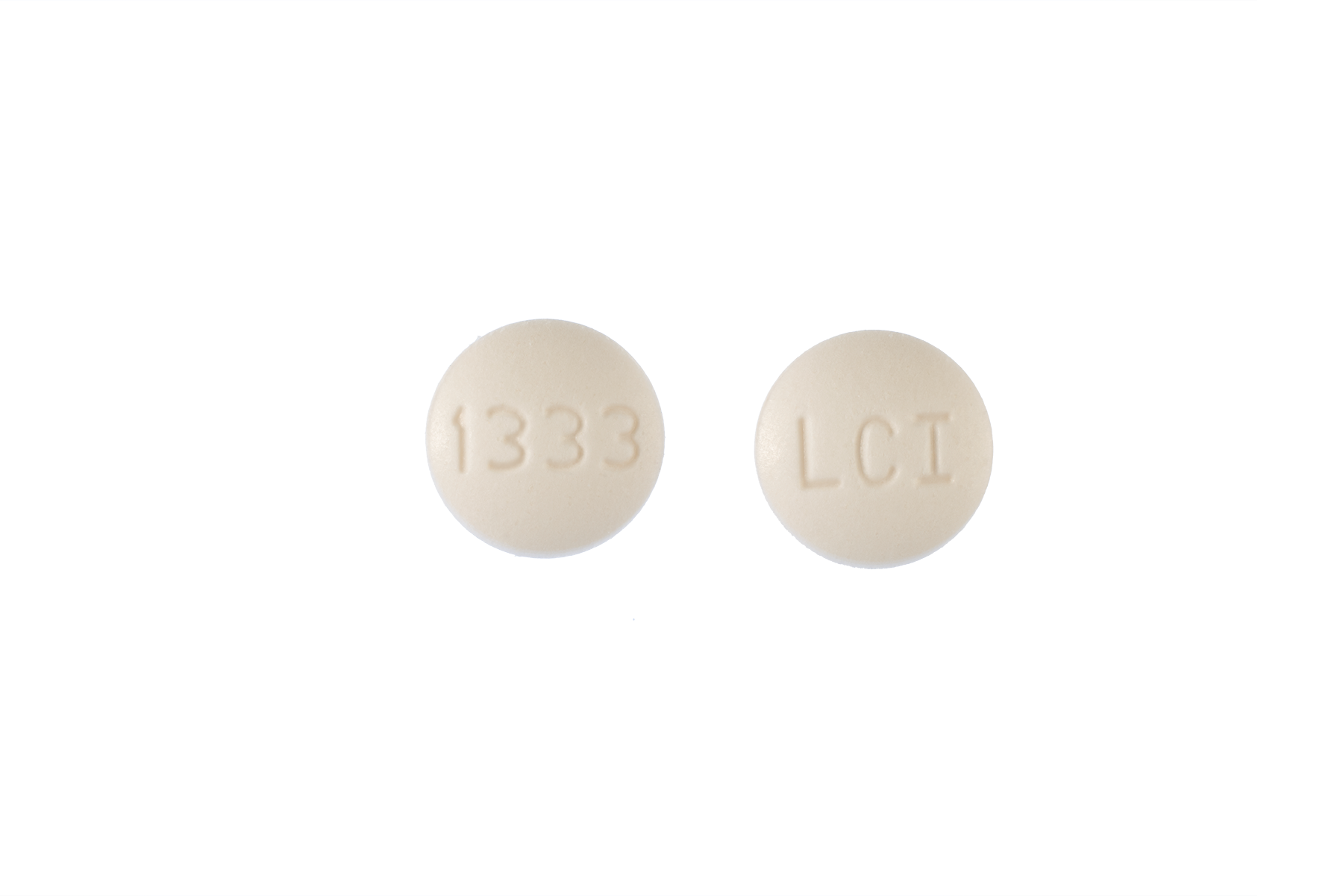So here's the deal, if you're looking into baclofen classification, you're probably curious about how this medication fits into the world of pharmaceuticals. Baclofen is not just another drug; it's a game-changer for people dealing with muscle spasticity. But before we dive deep, let's set the stage. Baclofen is classified as a muscle relaxant, and understanding its classification can help you grasp how it works and why it's so effective. So, buckle up and let's break it down.
Now, you might be wondering, why does baclofen classification matter? Well, it’s all about understanding the science behind the drug. When you know what category it falls under, you can better appreciate its mechanism of action, side effects, and potential interactions. And hey, who doesn’t want to be in the know when it comes to their health, right?
Before we get into the nitty-gritty, let me tell you this—baclofen classification is more than just a label. It's a roadmap that helps healthcare professionals prescribe the right medication for the right condition. So, whether you're a patient or a curious mind, this article is here to demystify everything about baclofen and its classification. Let’s get started!
- How Tall Is George Foreman Unveiling The Boxing Legends Height And More
- Joyce Vance The Remarkable Journey Of A Legal Powerhouse
What Exactly is Baclofen?
Alright, let’s start with the basics. Baclofen is a medication that’s used primarily to treat muscle spasticity. But what does that even mean? Muscle spasticity happens when your muscles become stiff and difficult to control, often due to conditions like multiple sclerosis or spinal cord injuries. Baclofen swoops in like a superhero, relaxing those tense muscles and giving you some much-needed relief.
Here’s the kicker—baclofen doesn’t just work on the surface. It gets down to the root of the problem by targeting the central nervous system. By doing this, it helps reduce the frequency and intensity of muscle spasms. Pretty cool, huh?
Baclofen Classification: Where Does It Fit?
When it comes to baclofen classification, it’s categorized as a muscle relaxant. But it’s not your typical run-of-the-mill muscle relaxant. Baclofen is a derivative of gamma-aminobutyric acid (GABA), which is a neurotransmitter in your brain. This means it affects how your brain communicates with your muscles, making it a pretty unique player in the pharmaceutical world.
- Unlock Your Property Secrets A Comprehensive Guide To Larimer County Assessor Property Search
- Roland Garros Schedules Your Ultimate Guide To The French Open
Now, if you’re thinking, “Why does baclofen classification matter?” let me break it down for you. Knowing its classification helps healthcare providers understand how it interacts with other medications and how it affects your body. It’s like having a cheat sheet for your health!
How Baclofen Works: The Science Behind the Magic
Let’s get into the science of how baclofen works. When you take baclofen, it travels to your spinal cord and binds to specific receptors. These receptors are like little locks that baclofen can unlock. Once unlocked, baclofen reduces the release of certain chemicals in your brain that cause muscle spasms. It’s like turning down the volume on a loud, annoying noise.
Here’s a fun fact—baclofen is often prescribed off-label for conditions like alcohol withdrawal. This is because it helps calm the nervous system, which is a common symptom during withdrawal. So, while its primary classification is as a muscle relaxant, its uses extend beyond that.
Breaking Down Baclofen’s Mechanism of Action
- Binds to GABA-B receptors in the spinal cord
- Reduces the release of excitatory neurotransmitters
- Decreases muscle tone and spasms
These steps might sound complicated, but they’re what make baclofen so effective. By targeting the root cause of muscle spasticity, baclofen provides relief that other medications might not.
Who Can Benefit from Baclofen?
Now that we’ve covered baclofen classification, let’s talk about who can benefit from this medication. Baclofen is often prescribed for people with conditions like multiple sclerosis, spinal cord injuries, and cerebral palsy. These conditions can cause severe muscle spasticity, which can be debilitating. Baclofen helps ease these symptoms, improving quality of life.
But here’s the thing—baclofen isn’t a one-size-fits-all solution. It’s important to work closely with your healthcare provider to determine if baclofen is right for you. Factors like your medical history, current medications, and overall health play a big role in this decision.
Conditions Commonly Treated with Baclofen
- Multiple sclerosis
- Spinal cord injuries
- Cerebral palsy
- Alcohol withdrawal (off-label use)
These conditions might seem unrelated at first glance, but they all share a common thread—muscle spasticity or nervous system overactivity. Baclofen’s unique classification as a muscle relaxant and its effects on the nervous system make it a versatile option for these conditions.
Baclofen Dosage: How Much Do You Need?
Alright, let’s talk dosage. Baclofen comes in different forms, including oral tablets and intrathecal (spinal) administration. The dosage depends on several factors, including the condition being treated and the patient’s response to the medication. Typically, baclofen is started at a low dose and gradually increased to find the right balance.
Here’s a rough guide to baclofen dosage:
- Starting dose: 5 mg three times a day
- Maintenance dose: 40-80 mg per day
- Intrathecal dose: Administered by a healthcare professional
Remember, everyone’s body is different, so your dosage might vary. Always follow your healthcare provider’s recommendations and never adjust your dosage without consulting them first.
Factors Affecting Baclofen Dosage
Several factors can influence your baclofen dosage, including:
- Age and weight
- Severity of symptoms
- Other medications you’re taking
- Overall health
These factors help your healthcare provider tailor the dosage to your specific needs, ensuring you get the maximum benefit with minimal side effects.
Potential Side Effects of Baclofen
No medication comes without risks, and baclofen is no exception. While it’s generally well-tolerated, some people may experience side effects. Common side effects include drowsiness, dizziness, and nausea. These are usually mild and go away as your body adjusts to the medication.
However, there are some more serious side effects to watch out for, such as:
- Confusion
- Hallucinations
- Seizures
- Withdrawal symptoms if discontinued abruptly
If you experience any of these symptoms, contact your healthcare provider right away. They can help you manage these side effects and adjust your treatment plan if necessary.
Managing Baclofen Side Effects
Here are some tips for managing baclofen side effects:
- Start with a low dose and gradually increase
- Avoid alcohol and other sedatives
- Stay hydrated
- Communicate with your healthcare provider
By taking these precautions, you can minimize the risk of side effects and get the most out of your baclofen treatment.
Baclofen Classification and Drug Interactions
Now, let’s talk about baclofen classification and how it interacts with other medications. Baclofen can interact with several drugs, including:
- Other muscle relaxants
- Sedatives
- Alcohol
- Antidepressants
These interactions can increase the risk of side effects, so it’s crucial to inform your healthcare provider about all medications and supplements you’re taking. They can help you avoid potential interactions and ensure your treatment plan is safe and effective.
Tips for Avoiding Drug Interactions
Here are some tips to help you avoid drug interactions:
- Keep a list of all medications and supplements
- Inform your healthcare provider of any changes
- Read medication labels carefully
- Ask questions if you’re unsure
By staying informed and proactive, you can minimize the risk of drug interactions and ensure your baclofen treatment is as effective as possible.
Conclusion: Why Baclofen Classification Matters
Alright, let’s wrap this up. Baclofen classification might seem like a small detail, but it plays a big role in how this medication is used and understood. By knowing its classification as a muscle relaxant and its effects on the nervous system, you can better appreciate its benefits and limitations.
So, whether you’re dealing with muscle spasticity or exploring off-label uses for baclofen, understanding its classification can help you make informed decisions about your health. And hey, isn’t that what it’s all about?
Now, I want to hear from you! Have you ever used baclofen? What was your experience like? Leave a comment below and let’s start a conversation. And don’t forget to share this article with someone who might find it helpful. Knowledge is power, and sharing it makes the world a better place!
Table of Contents
- What Exactly is Baclofen?
- Baclofen Classification: Where Does It Fit?
- How Baclofen Works: The Science Behind the Magic
- Who Can Benefit from Baclofen?
- Baclofen Dosage: How Much Do You Need?
- Potential Side Effects of Baclofen
- Baclofen Classification and Drug Interactions
That’s a wrap! Thanks for reading, and remember—your health is worth the investment. Stay curious, stay informed, and take care of yourself!



Detail Author:
- Name : Ms. Leanne Toy
- Username : rau.anne
- Email : skoss@wilkinson.org
- Birthdate : 1996-11-30
- Address : 35307 Ashleigh Fall Ortizstad, IA 88048
- Phone : (279) 777-2558
- Company : Beahan, Osinski and Von
- Job : Soil Conservationist
- Bio : Voluptatem asperiores autem fugiat cum saepe. Dolores est ut accusamus doloribus voluptatem. Et aperiam ducimus repudiandae rerum doloremque ut voluptatem.
Socials
instagram:
- url : https://instagram.com/noel.harris
- username : noel.harris
- bio : Nulla cum adipisci dolorem sit. Est vitae natus aliquam sint possimus consequatur.
- followers : 2339
- following : 326
facebook:
- url : https://facebook.com/harrisn
- username : harrisn
- bio : Itaque quod dolor dolore alias. Et aut quas eveniet quaerat odio esse.
- followers : 4621
- following : 2212